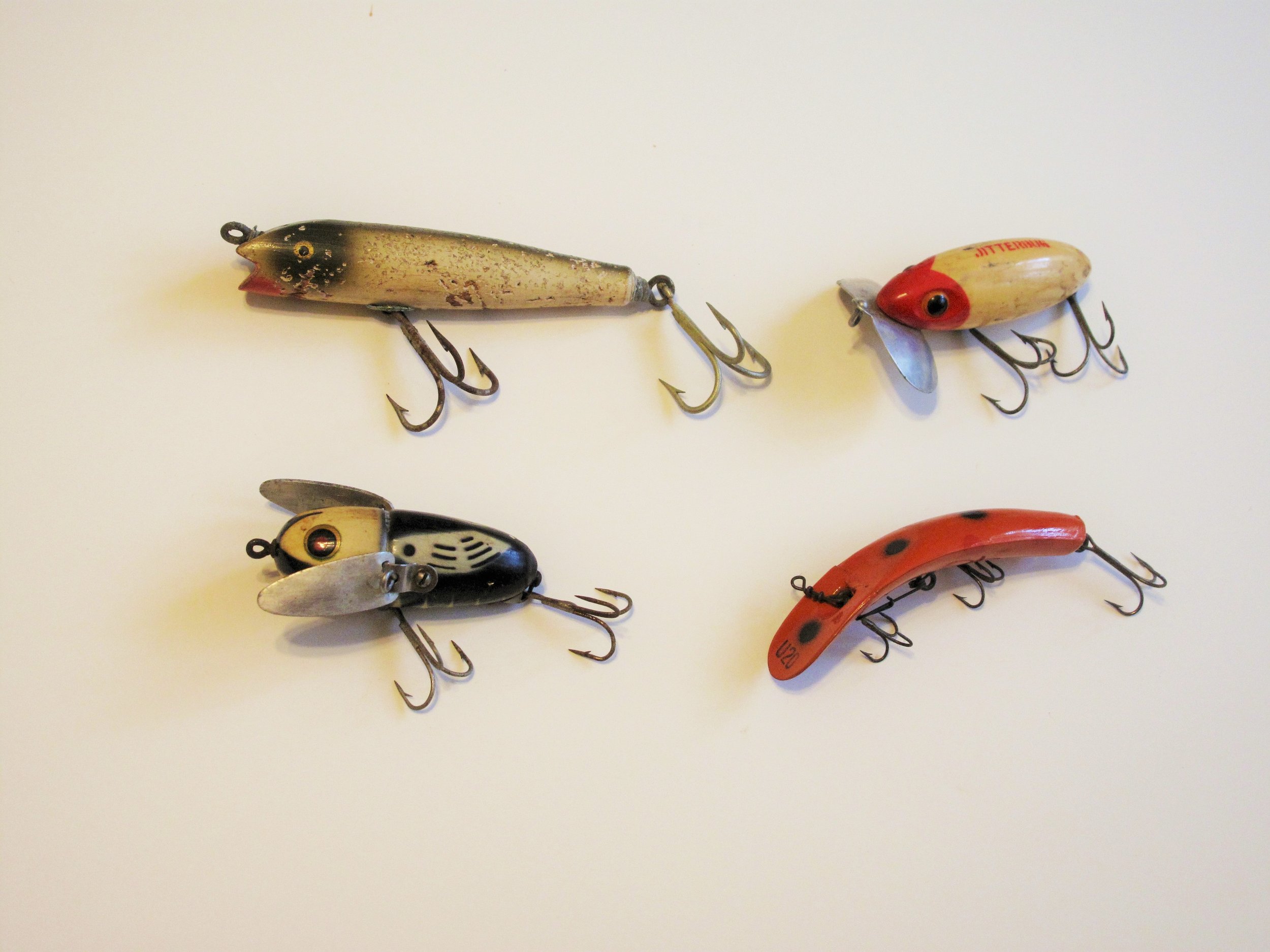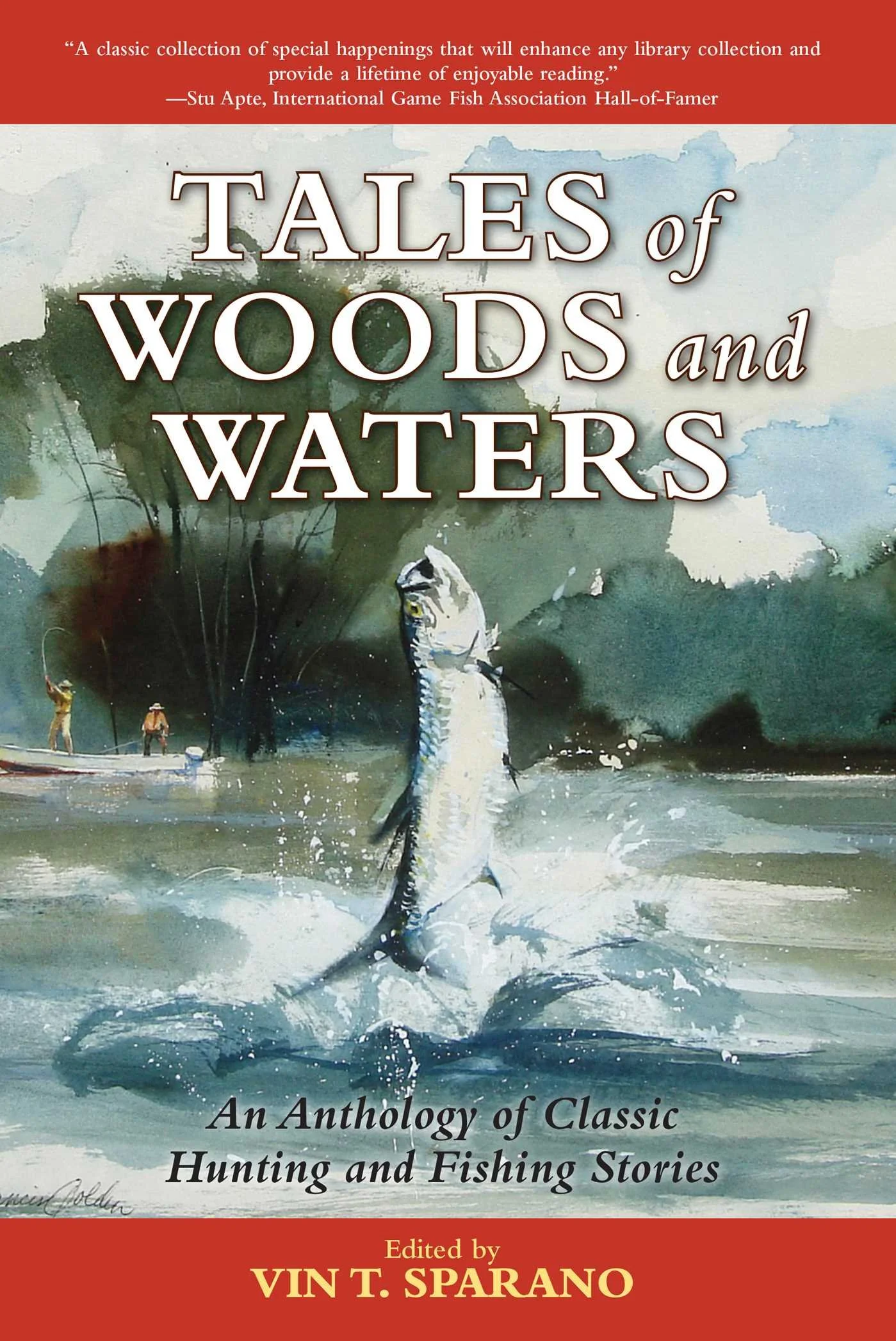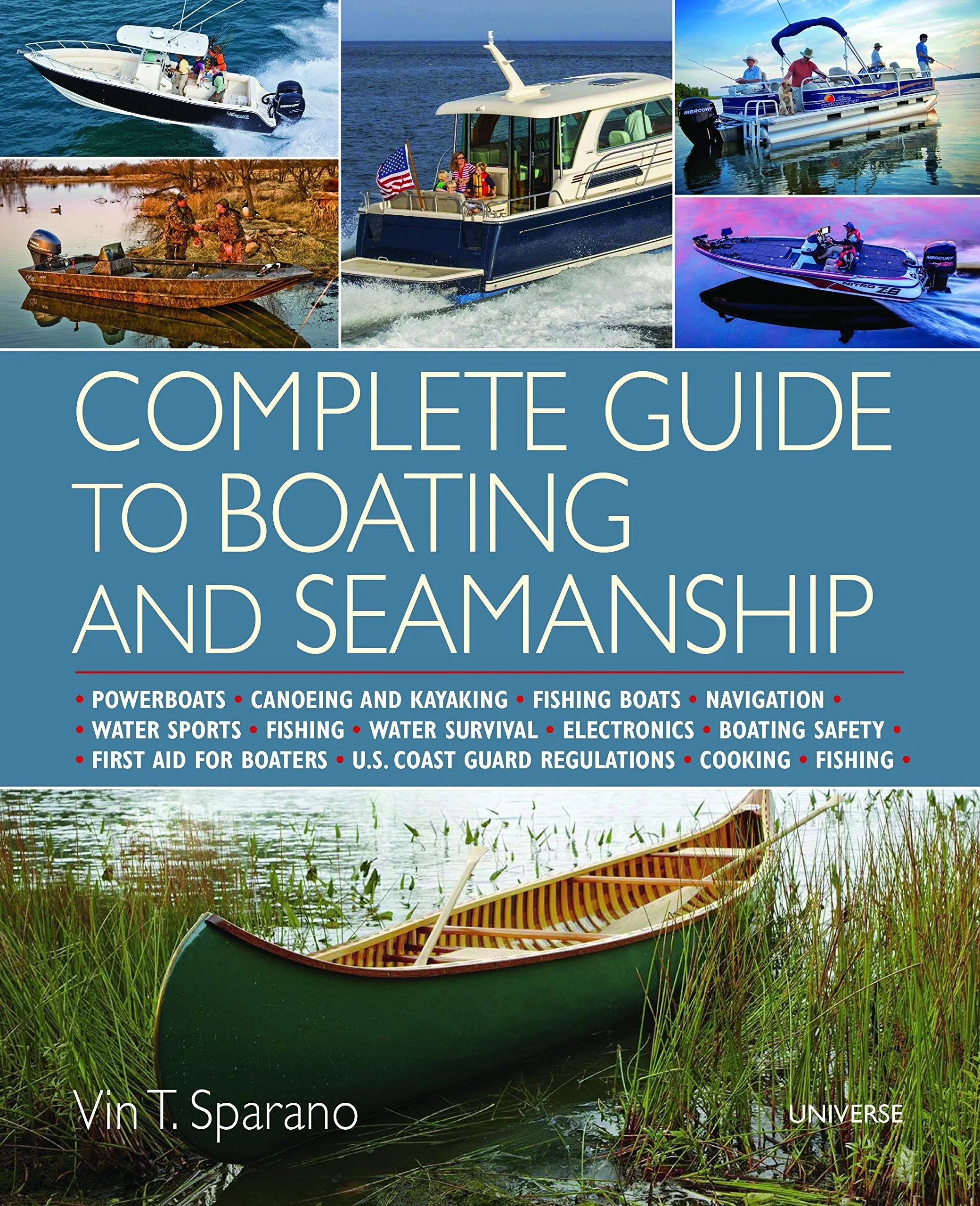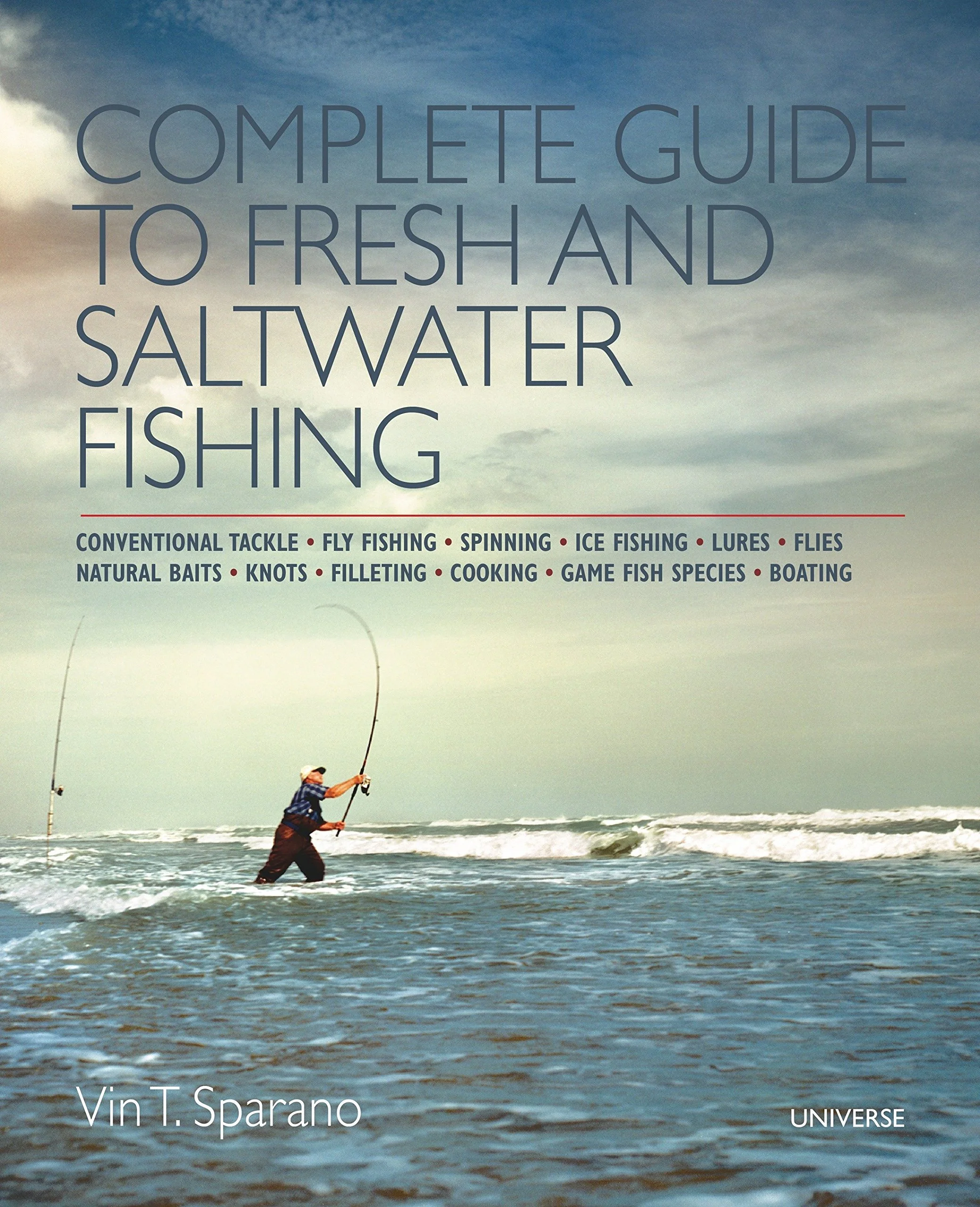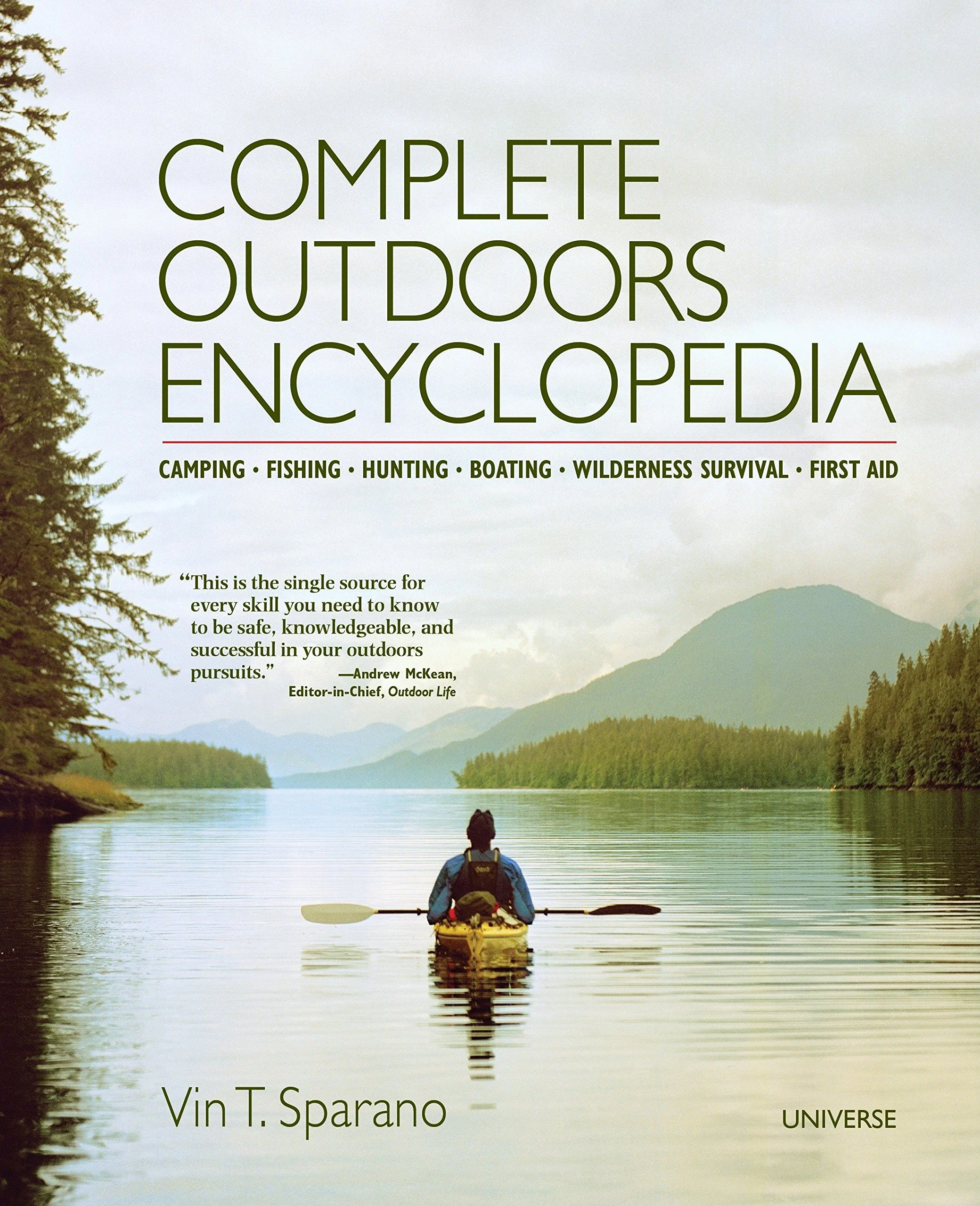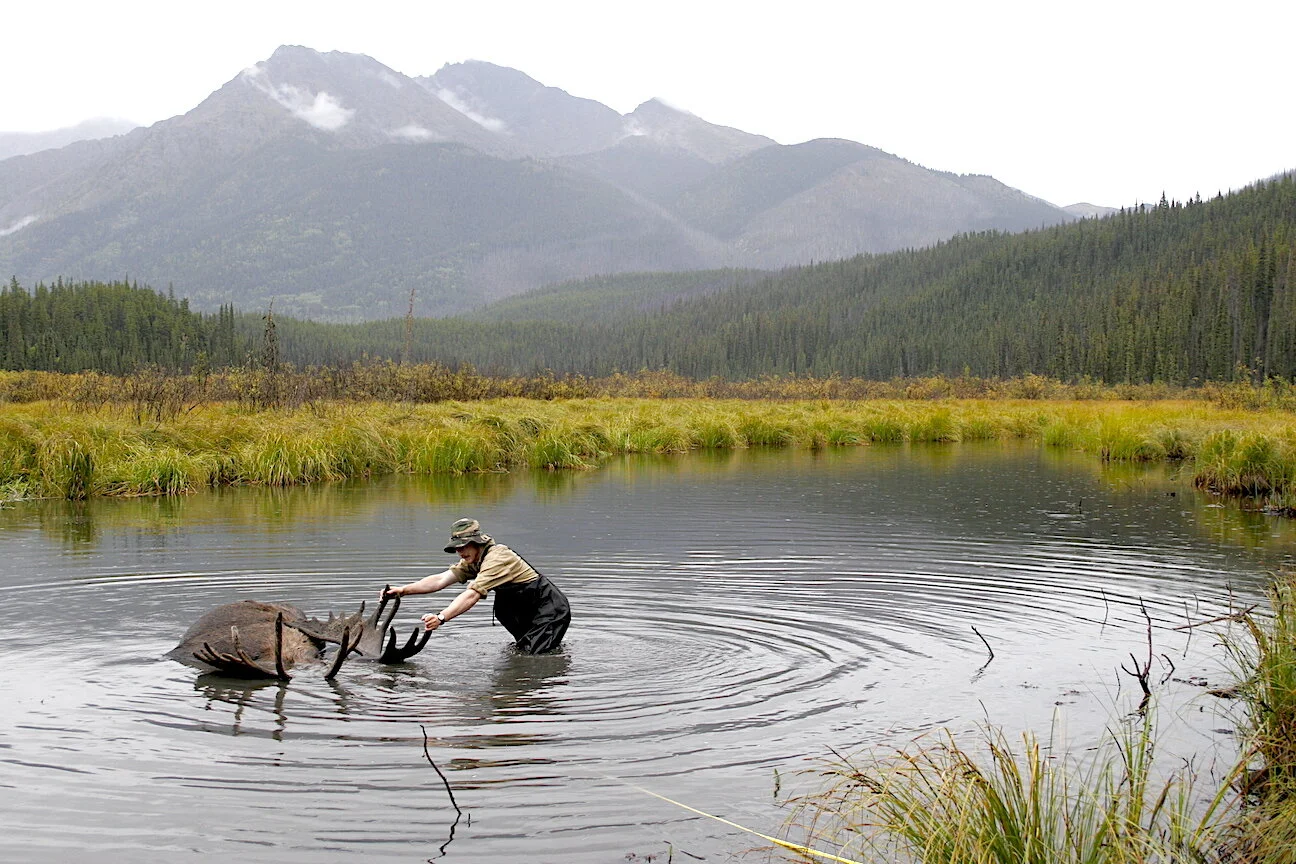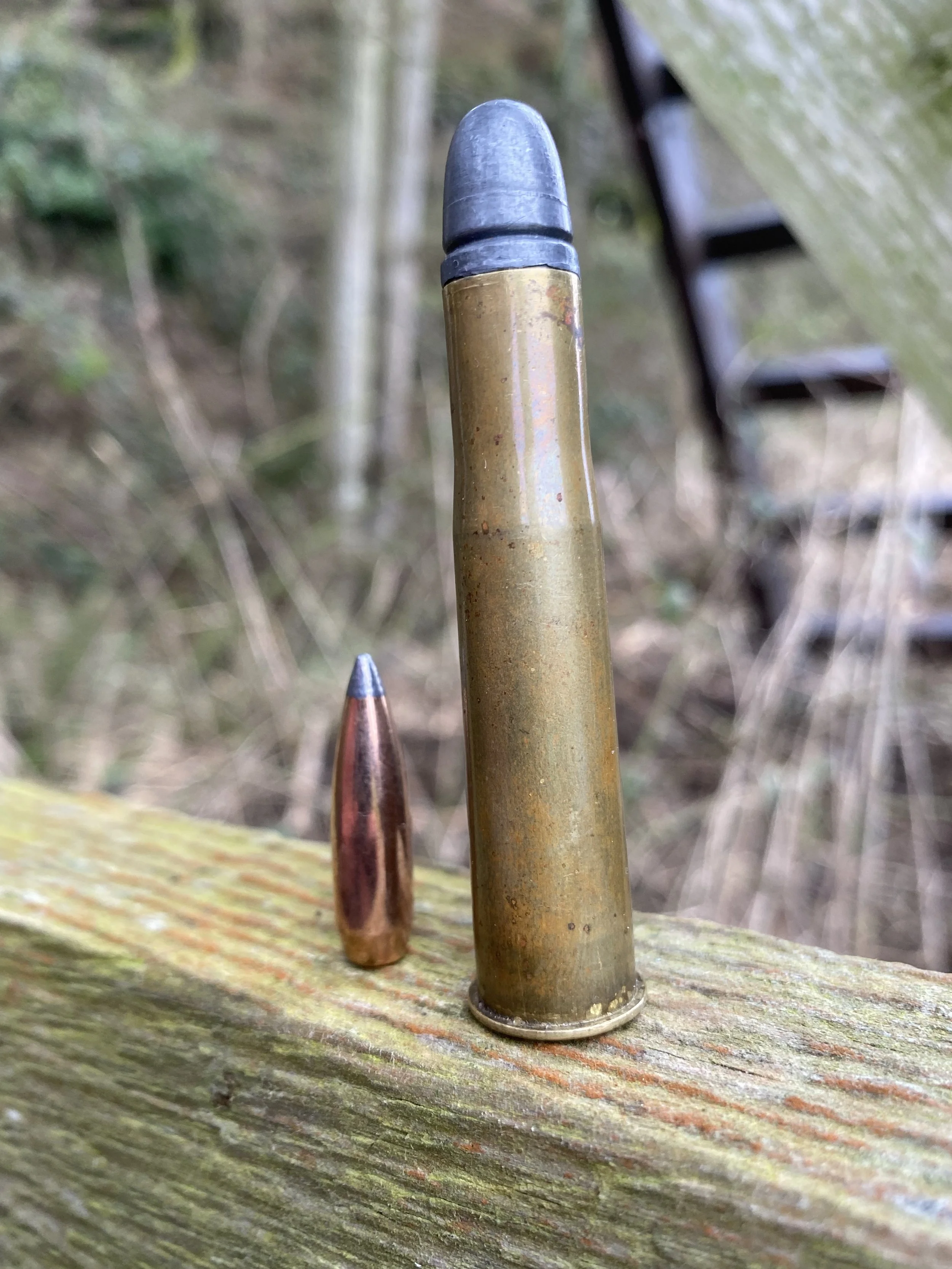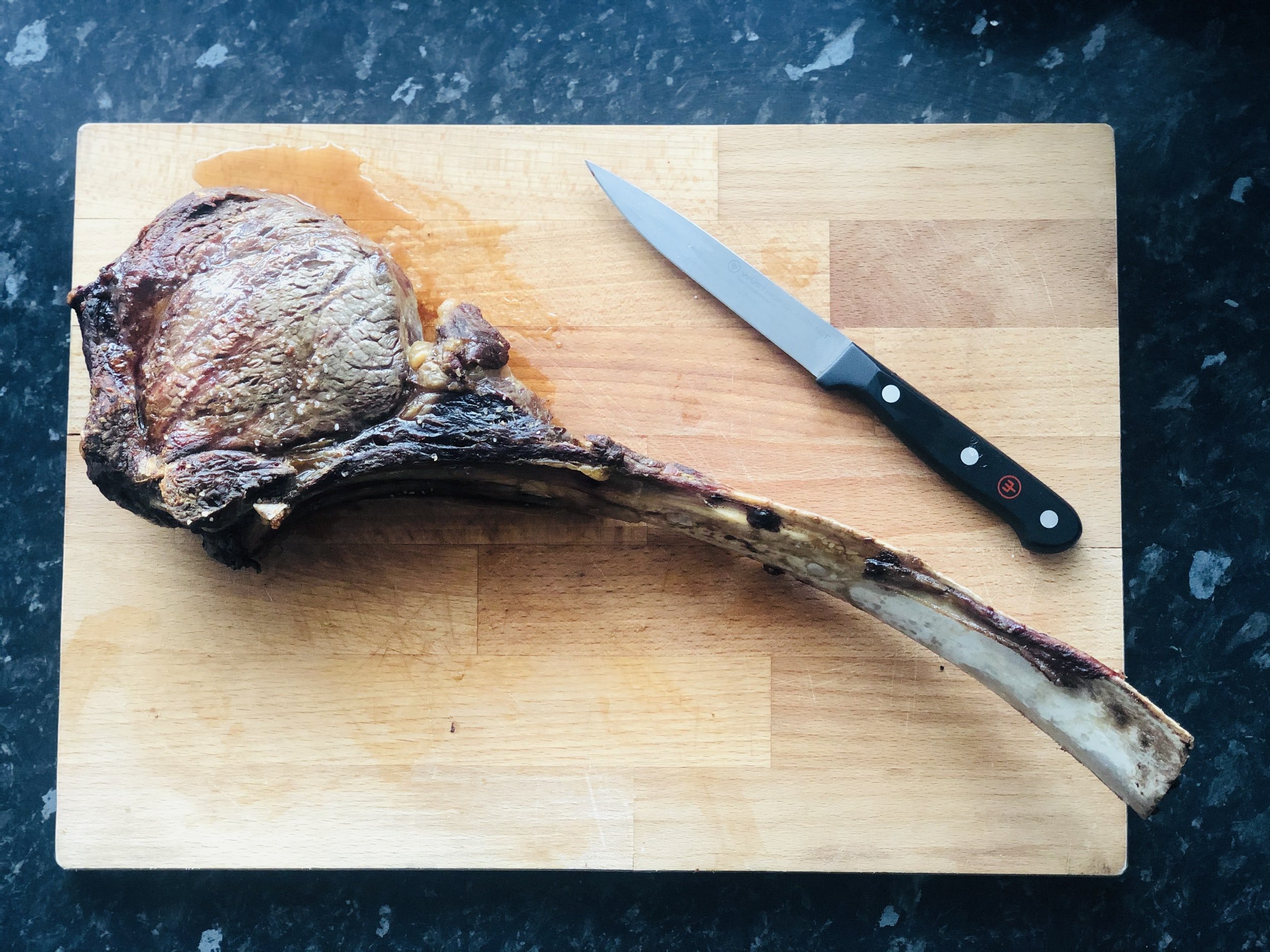Lures That Made History
I love fishing lures and have a modest collection. I also respect the lures that have caught me a lot of fish, and I now retire them before I risk losing them to a snag or a fish. I still have my black-and-white wood Heddon Crazy Crawler. Many years ago, I used it to catch one of my biggest largemouth bass on Indian Lake in New Jersey. I now would never consider tying it to my line and casting it into a bed of lily pads. I also checked eBay and found the same Crazy Crawler for sale for $85. I would have to be destitute before parting with that lure.
I feel the same way about a Creek Chub Darter that has been mangled in both fresh and saltwater. I lost count of the bluefish that chewed on that Darter. It didn't seem to make much difference that it was painted with a frog pattern. You're not likely to find many frogs in Barnegat Bay. I replaced the hooks once, used it a few more times, and then retired the old veteran lure alongside my Crazy Crawler.
Here are my old wood lures. Top row, left to right, Creek Chub Darter and Jitterbug.
Bottom row left to right, Crazy Crawler, and Helin Flatfish.
A long time ago, I stopped labeling lures as "freshwater" and "saltwater." There really is no difference. Size no longer matters. I've caught a 40-pound dolphin on 1-ounce bucktails and a 10-inch farm pond bass on a 7-inch Rapala. The same is generally true for flies. My Clouser Minnows are equally productive on trout as they are on striped bass. Some lures have corrosion-resistant hooks, and some have bronze hooks that will rust, but I never worry about hooks rotting away because they are easy to replace. With few exceptions, all lures will work in both fresh and saltwater.
As a young boy, I caught my share of pickerel in the coves of Lake Hopatcong with a wood orange Charles Helin's Flatfish with crossbar hooks. It just had an enticing wobble that pickerel could not resist. I still have one, and I wouldn't dare use it again. I have the box and brochure that came with the Flatfish, which may be just as valuable as the lure. I'm not sure which lure came first, the Flatfish or the Lazy Ike. The Lazy Ike made its appearance in the 1930s and was hand-carved until 1945. I always suspected that the Lazy Ike was designed to duplicate the action of the Flatfish, but it never could quite match the success of the Flatfish.
My other old favorites are the Jitterbug, the Hula Popper, Creek Chub Pikie, Heddon Torpedo, and, of course, the Dardevle Spoon, which is reported to have caught more record fish than any other lure. The Dardevle spoon has been subjected to hundreds of knock-off models, but none have ever matched the action of the original. In my trips to Canada, I always carried at least a half-dozen Dardevles. The spoon will catch just about every species of fish in both fresh and saltwater.
In those early years, I also had a special relationship with the Jitterbug. Fred Arbogast started selling that great lure in 1938, and the Jitterbug is still catching fish. The Heddon Pike has a historic claim to fame. It's the lure that caught George Perry's 1923 world record for largemouth bass of 22-pound, 8 ounces. These were the old reliable lures that caught record fish. Unlike some modern lures, these old plugs do not rattle, have holographic finishes, or need a battery.
So, where do we go from here? Do you want to try some of these old lures? I am fairly certain you will no longer find these lures made out of wood, but you may want to try some of the new reproductions. I checked with Bass Pro, and it has the Jitterbug, Hula Popper, Heddon Torpedo, and the Crazy Crawler. I also looked at Cabela's, and it has the Jitterbug and Hula Popper. But I had no luck finding my Creek Chub Darter. I'm sure some of these older lures are out there, but it might take some research.
I often wonder if these old lures were matched against our new space-age plugs, what would be the outcome of a bass tournament. Where would you put your money?


